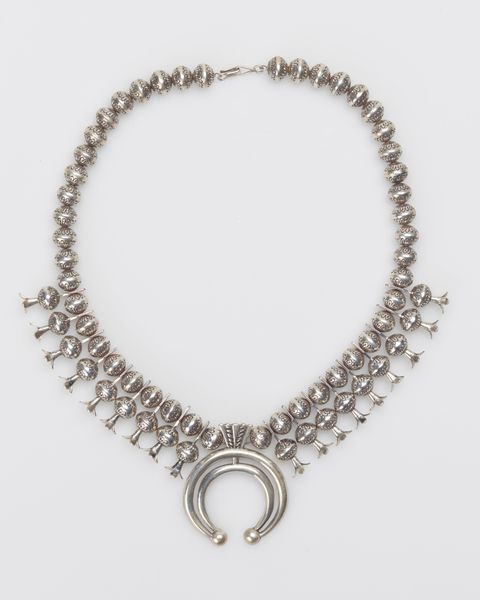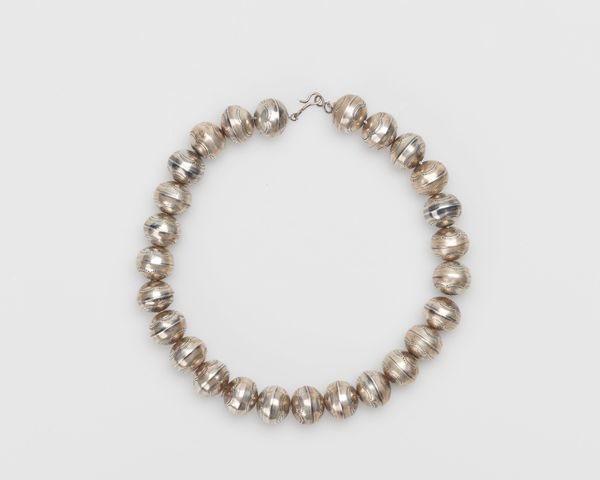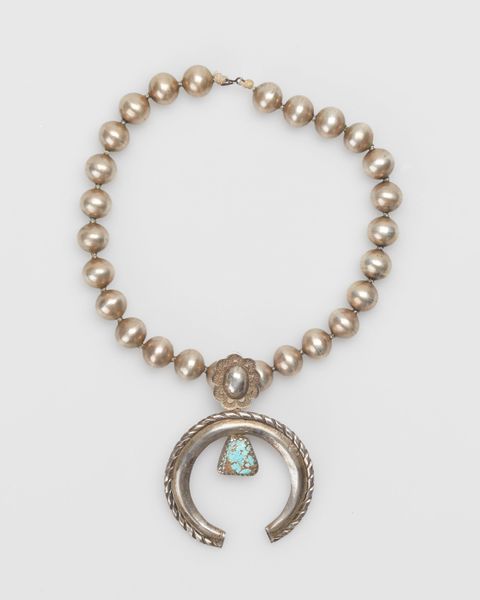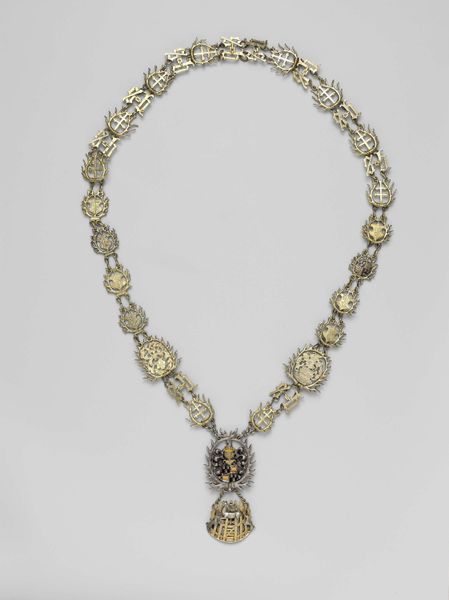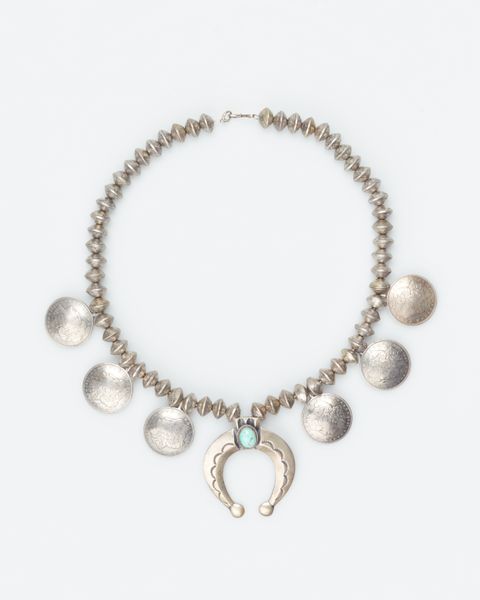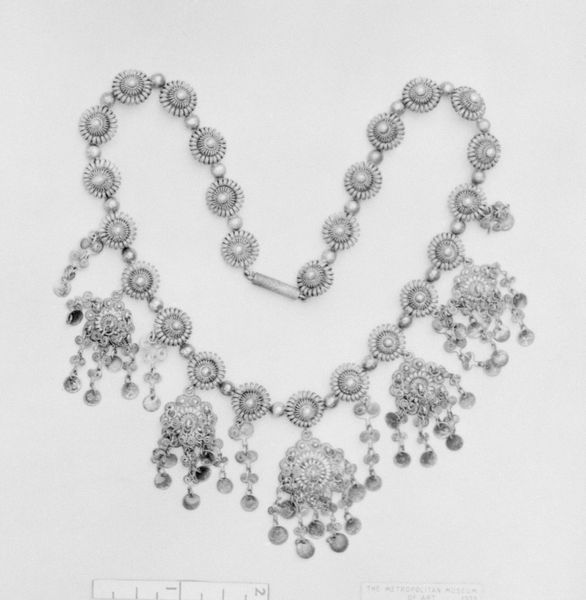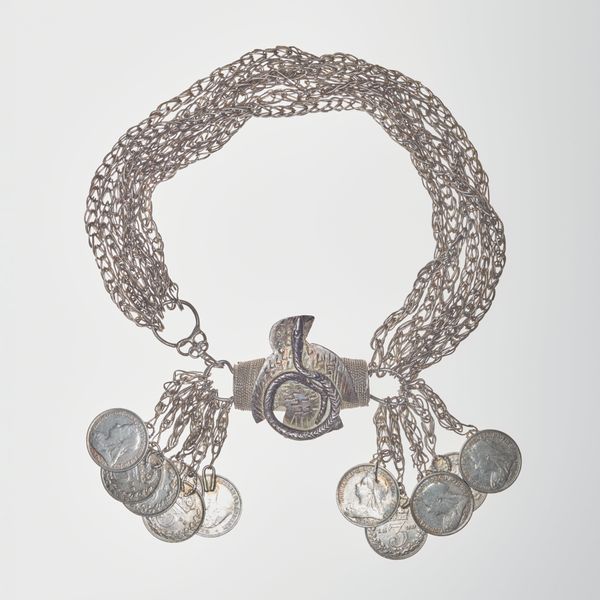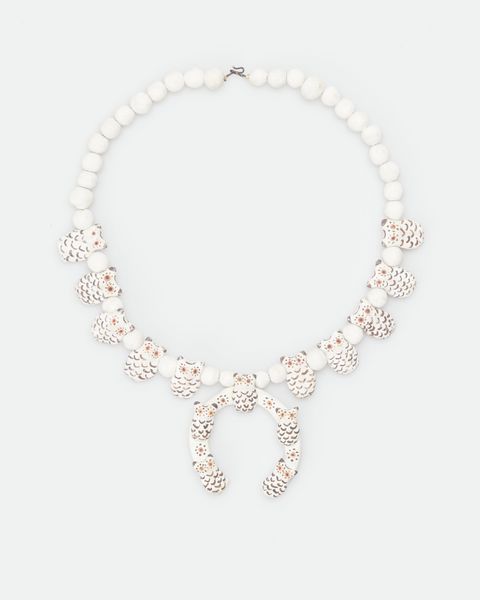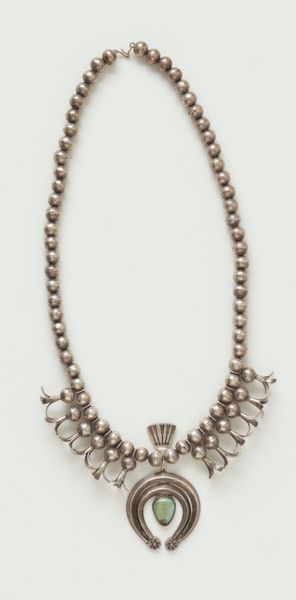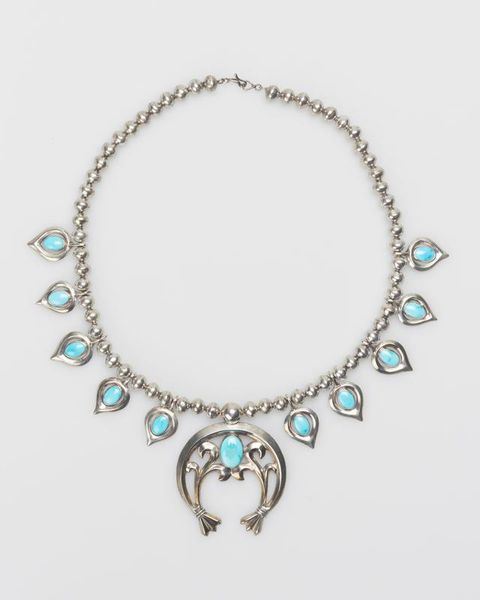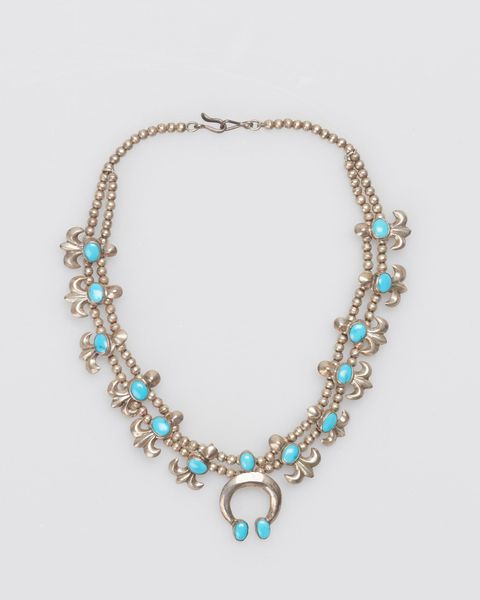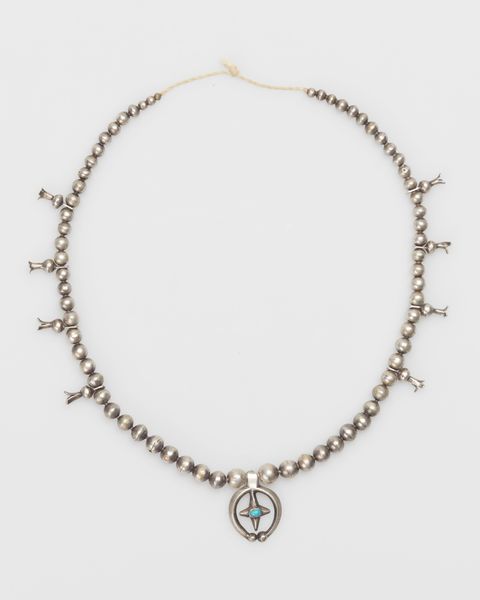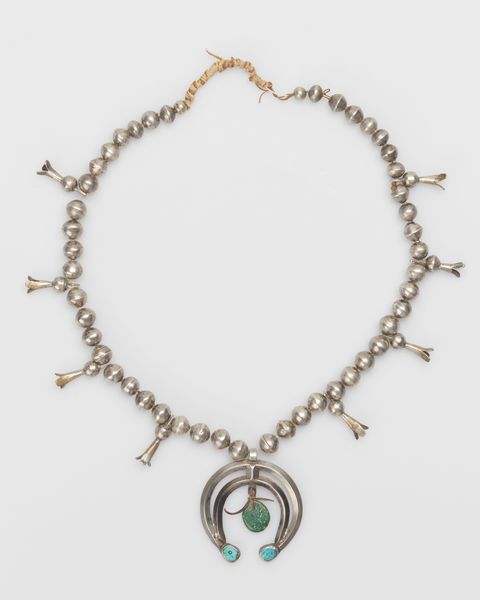
drawing, metal
#
drawing
#
art-nouveau
#
metal
#
jewelry design
#
historical fashion
#
wearable design
#
symbolism
Dimensions: height 305 mm, width 219 mm
Copyright: Rijks Museum: Open Domain
Editor: So, this drawing from 1912, titled "Ontwerp voor een halsketting" or "Design for a Necklace" by Mathieu Lauweriks is rendered in drawing, with metal elements, I think. It strikes me as incredibly modern despite its age. What stands out to you in this design? Curator: Immediately, the rhythmic repetition catches my eye. The alternating geometric shapes, cradling what appear to be pearls, suggest a ritualistic quality. It's like a visual rosary, or perhaps a talisman against the anxieties of a rapidly changing world at the dawn of the 20th century. Does the symmetry convey that feeling of ritual to you? Editor: Definitely, there is something of that sentiment, yet the Art Nouveau style lends it a kind of escapist fantasy. Do you think that duality intentional? Curator: Absolutely. Art Nouveau often seeks to find spiritual meaning in natural forms, especially during periods of rapid industrialization. In the necklace's design, the abstracted floral shapes imply both beauty and fragility. This pre-dates and subtly conveys some sentiment and unease that would later explode onto the art scene with Expressionism. The pearl, historically a symbol of purity but also of tears, furthers that dual nature. Editor: That’s fascinating, the pearls especially are so ambiguous. I initially saw them as purely decorative. Curator: Consider that jewelry often operates as more than mere adornment. Think of their use in different cultures through the ages: power, mourning, protection, and healing. I wonder, too, about the lack of color here. Does the monochrome drawing diminish or amplify the symbolic weight? Editor: I hadn't thought of that. Perhaps the absence of color highlights the forms and their symbolic meanings, demanding a more thoughtful interpretation? Curator: Precisely. It's as if Lauweriks invites us to delve deeper, beyond the surface appeal, into the underlying cultural and psychological currents. What do you take away from our looking at this piece today? Editor: I see it as more than just a design, but as a statement about its time, a bridge between tradition and modernity. Curator: Indeed, an object carrying echoes of the past and whispers of the future.
Comments
No comments
Be the first to comment and join the conversation on the ultimate creative platform.
